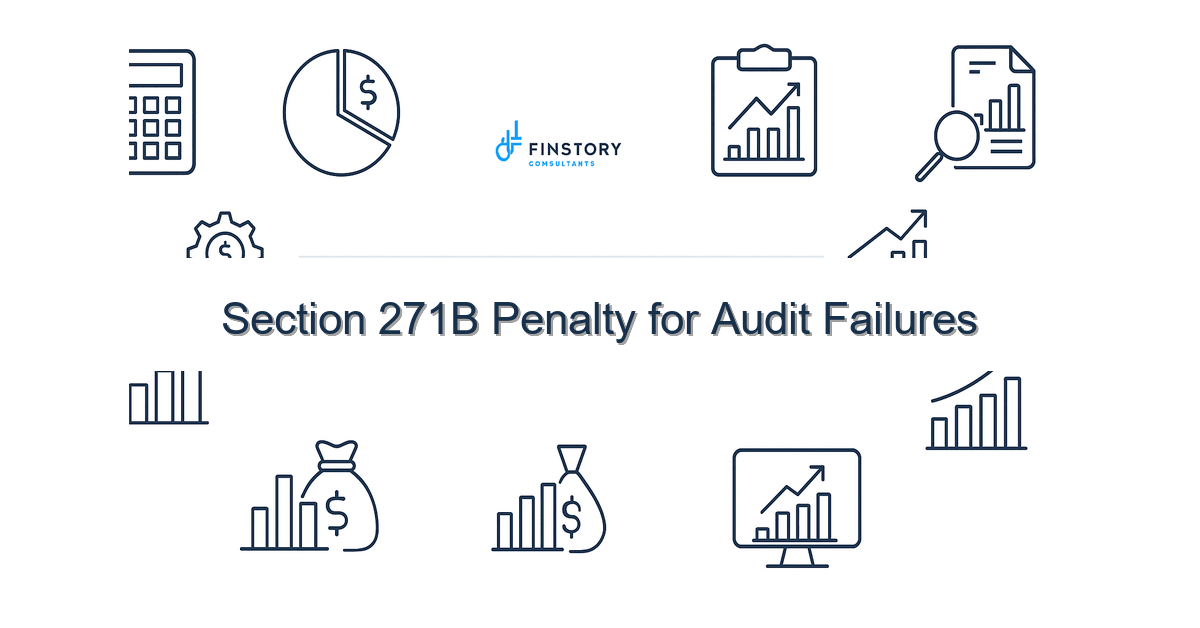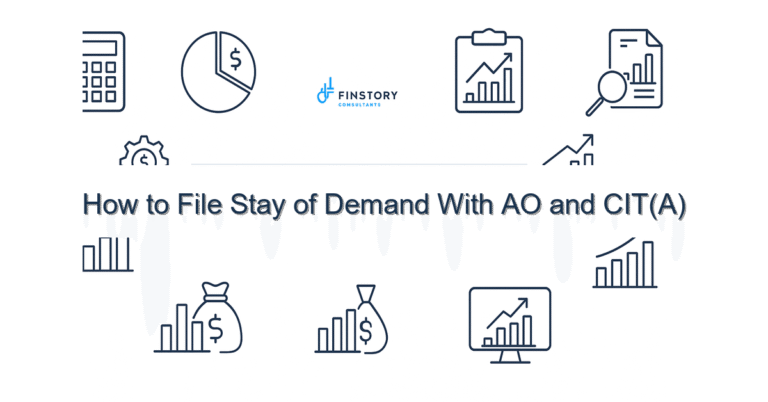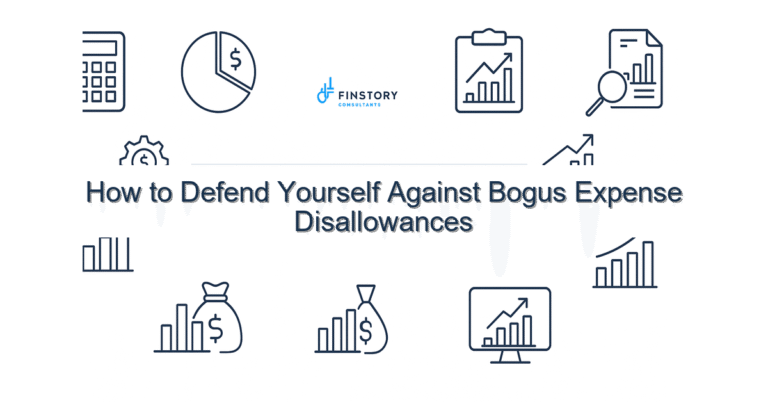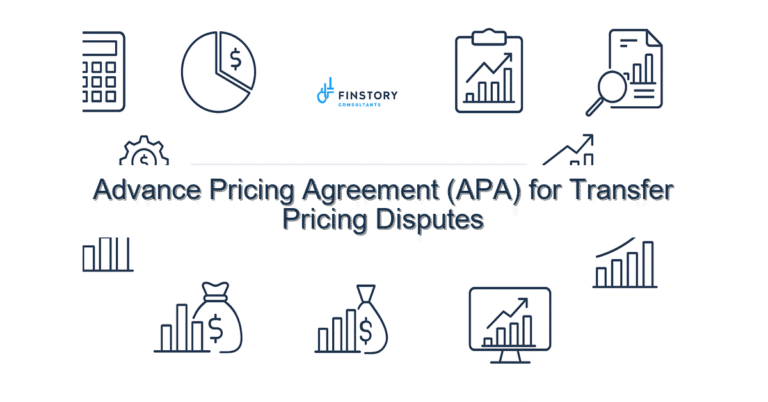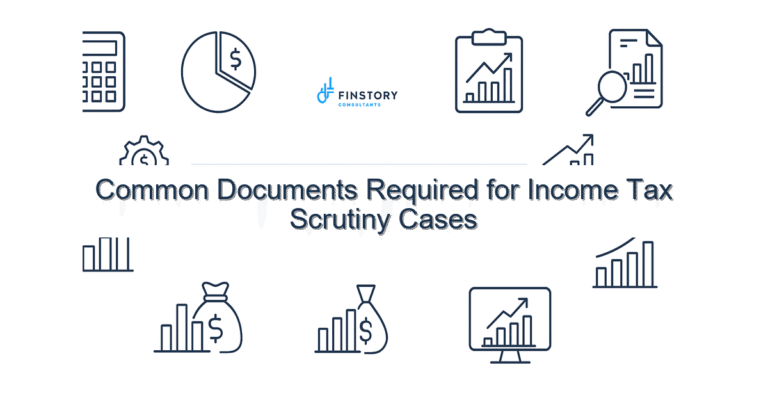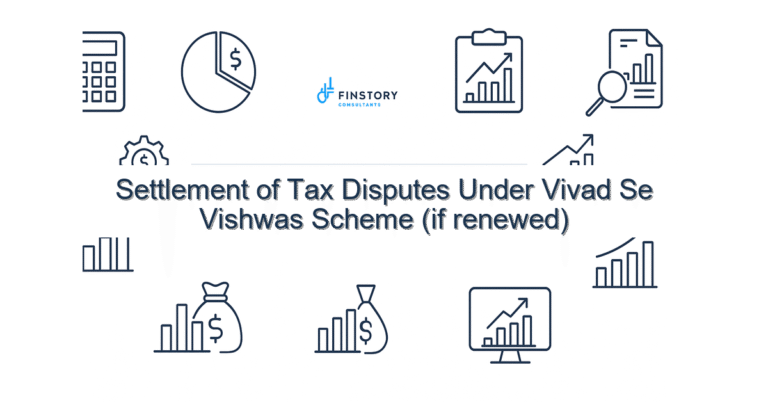Section 271B Penalty for Audit Failures
Missing an audit notice or realising your accountant didn’t file a tax audit on time is stressful — especially with assessments, notices and the fear of penalties looming. Many salaried professionals, MSME owners and startup founders I meet feel the same: embarrassed, worried about cash flow, and unsure where to start.
Summary: Section 271B imposes a penalty for failure to get accounts audited under Section 44AB — typically 0.5% of turnover or gross receipts (capped at Rs 1,50,000). The key is early action: confirm applicability, gather records, file rectifying documents where possible, and use evidence and case law to reduce or waive penalties. Reach out for tailored help and an audit-compliance plan that fits your AY/PY and cash realities.
What’s the real problem in India?
In practice, the issue is rarely black-and-white. Taxpayers miss the audit requirement because of wrong assumptions about turnover limits, late bookkeeping, or confusion around AY/PY (Assessment Year/Previous Year). CBDT timelines and changing forms (Form 3CA/3CB/3CD, 3CEB for TP) add to the uncertainty. The result: a compulsory penalty under Section 271B, and a stressful back-and-forth with the assessing officer.
- Symptom: You get a notice that your accounts weren’t audited for a year you thought didn’t meet the threshold.
- Symptom: Cash mismatch — receipts recorded late pushed your turnover over the audit limit.
- Symptom: Your bookkeeper missed TDS/TCS entries visible in AIS/26AS, triggering higher reported receipts.
- Symptom: Confusion over ITR filing last date and audit due date (tax audit usually due before the ITR filing last date).
What people get wrong
Many taxpayers assume penalties are fixed and unavoidable. Common pitfalls:
- Thinking Section 271B applies only if you intentionally evade audit — in fact it can apply mechanically for non-compliance.
- Assuming personal income thresholds (Section 80C limit planning, new vs old regime slabs) affect audit applicability — they don’t. Audit is about turnover/gross receipts and prescribed limits under 44AB.
- Overlooking TDS/TCS mismatches in AIS/26AS which inflate receipts and trigger audit thresholds.
- Believing you can’t reduce a penalty after the fact — with timely documentation, post-facto audits, and case law, many penalties are mitigated or waived.
A better approach
Fixing this is about clarity, documentation and proactive communication with the tax officer. Use this simple framework:
- Confirm applicability: Check if Section 44AB applied for the relevant PY/AY by comparing turnover/gross receipts against thresholds (and exceptions such as presumptive taxation).
- Assemble records: Profit & loss, balance sheet, bank statements, invoices, TDS certificates, AIS/26AS extracts, and the audit report if done late.
- Rectify or regularise: If audit was done late, get the audit report (Form 3CA/3CB & 3CD) and file the ITR along with the audit report where possible; use explanatory submissions to the AO.
- Negotiate reduction: Argue for reasonable cause, use post-facto audit evidence, and cite relevant tribunal/court decisions and CBDT instructions for leniency.
- Prevent recurrence: Integrate calendar reminders for audit due dates, reconcile TDS/TCS regularly, and decide on presumptive schemes where eligible.
Quick implementation checklist
- Check if Section 44AB applied for the relevant previous year (compare turnover/gross receipts with thresholds).
- Download AIS/26AS and reconcile TDS/TCS entries with your books this week.
- Gather financial statements, bank statements and invoices for the PY in question.
- If audit not done, engage a chartered accountant to perform a post-facto tax audit and prepare Form 3CD.
- File a corrected/updated ITR if allowed — or prepare a written submission with audit report to the AO.
- Prepare a short cover letter explaining delay and remedial steps, with supporting evidence.
- Request penalty waiver/reduction citing bona fide reasons and precedents; if rejected, be ready to appeal.
- Set calendar alerts for future audit due dates and the ITR filing last date for your category.
- Review whether presumptive taxation or small business schemes could apply next year.
- Keep digital copies of all audit files and communications with the AO for at least 8 years.
What success looks like
- Lowered or waived penalty: reduction from statutory cap (e.g., from Rs 1,50,000 down to a negotiated amount).
- Fewer notices: timely post-facto audit and explanation reduces follow-up inquiries by tax officers.
- Quicker ITR processing and refunds due to reconciled AIS/26AS and corrected filings.
- Improved cash flow planning — no surprise one-time penalty shocks.
- Clear compliance calendar and reduced chance of repeat failures next AY/PY.
Risks & how to manage them
Risk: AO insists on full penalty despite evidence. Manage: Escalate with a legal review, cite tribunal rulings and CBDT circulars, or file appeal in the Commissioner (Appeals). Risk: Wrong audit scope. Manage: Use a competent CA experienced in tax audits (Form 3CD) and transfer pricing if applicable. Risk: TDS mismatches in AIS/26AS leading to inflated receipts. Manage: Reconcile monthly and issue corrected TDS certificates if needed.
Tools & data
Use these India-specific tools and data sources to strengthen your case and stay compliant:
- AIS/26AS: Reconcile tax credits and TDS/TCS entries against your books.
- Income tax e-filing portal: For filing ITRs, submitting audit reports and tracking notices.
- Forms 3CA/3CB & 3CD: Standard audit reporting formats required under Section 44AB.
- Bank reconciliations, GST returns, and TDS/TCS tracking tools to catch mismatches early.
FAQs
- Q: How much is the penalty under Section 271B?A: Generally 0.5% of turnover or gross receipts for the PY, subject to a maximum of Rs 1,50,000. Authorities may reduce the penalty based on bona fide reasons or if accounts are audited post-facto and shown to the AO.
- Q: Can I avoid the penalty by filing an ITR before the ITR filing last date?A: Filing ITR on time helps, but if the audit under 44AB was required and not done, penalty exposure remains. Getting a post-facto audit and presenting evidence early improves chances of reduction.
- Q: Does presumptive taxation help avoid audit requirements?A: Yes — in many cases small taxpayers under presumptive schemes are exempt from audit. Check eligibility and trade-offs versus regular books (also relevant when considering Section 80C limit and new vs old regime slabs for personal tax planning).
- Q: My AIS/26AS shows receipts I don’t recognise. Will that trigger audit?A: TDS/TCS entries can inflate reported receipts. Reconcile AIS/26AS with your bank statements and invoices immediately and correct any misreporting with deductors. This often prevents audit threshold breaches.
Next steps
If you’ve received a notice or suspect you failed to meet audit requirements, don’t wait. Collect AIS/26AS, financial statements and bank records and contact an expert who understands how penalties under Section 271B are assessed and negotiated. We help salaried people, professionals, founders and MSMEs with practical remediation, appeals and future-proof compliance calendars.
Work with Finstory. Speak with an Expert for a personalised plan to reduce your tax outgo and stay compliant. Book a free 20-min consultation.
📞 Need help with Income Tax in India?
Book a 20-min consultation with our tax team. Individuals, founders & MSMEs welcome.
Prefer email or phone? Write to info@finstory.net
or call +91 44-45811170.
